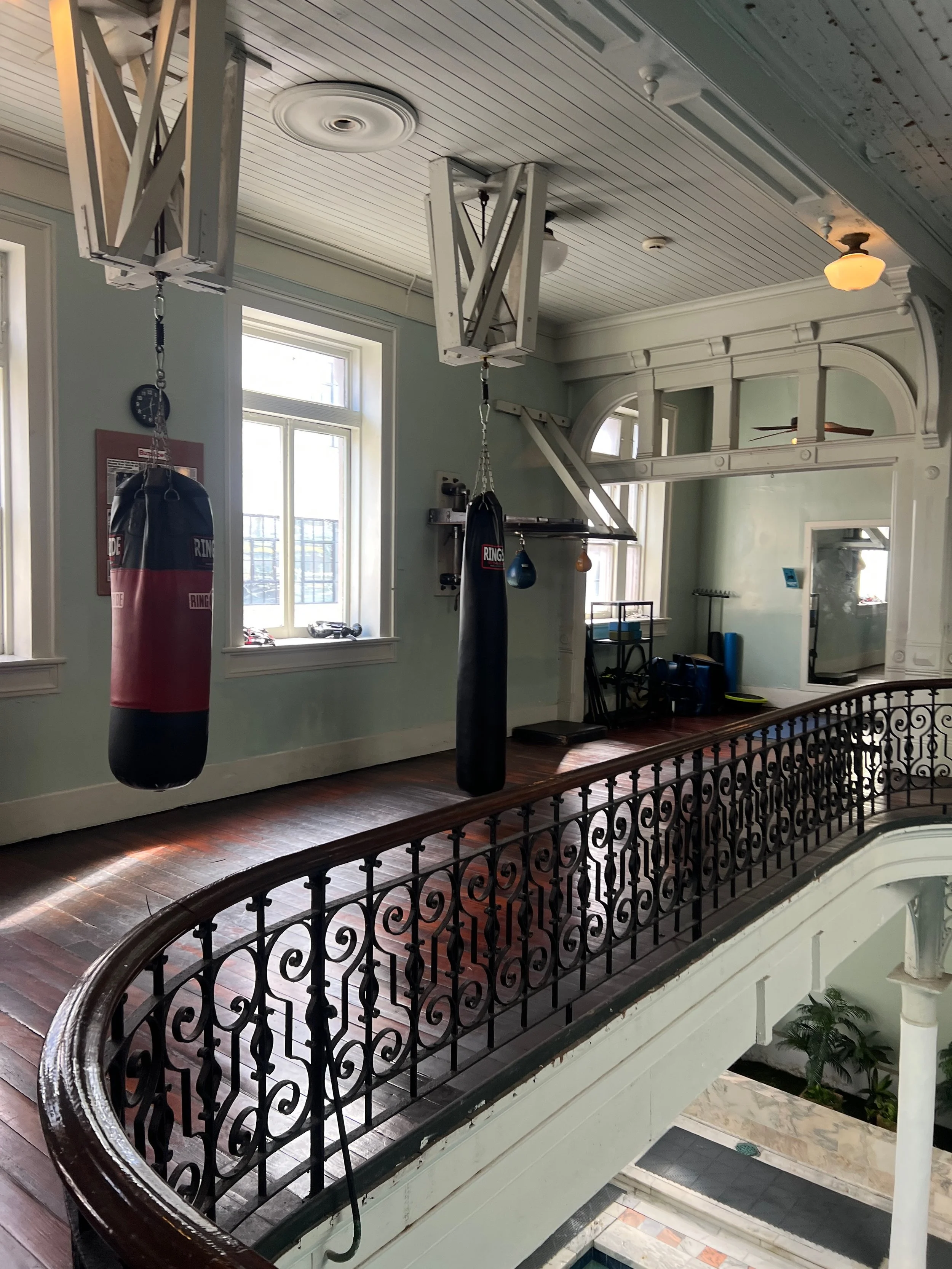Refurbishing an Old Stereo Cabinet: Breathing New Life into a Vintage Treasure
I’ve always been fascinated by vintage furniture pieces, especially those that once housed the technology of their time—like old record players, radios, or stereo consoles. Recently, I stumbled upon a beautiful but worn stereo cabinet that was begging for a makeover. It had good bones, but the electronics were outdated, the speakers lacked clarity, and the upholstery on the side panels had seen better days. I decided to take on the challenge and transform this mid-century piece into a functional, modern showstopper—without losing its old-world charm.
Finding the Cabinet
I found this stereo cabinet at a local thrift shop, tucked away and gathering dust. The outside had scratches, and the inside compartments were cluttered with decades-old wiring and a turntable that no longer worked. Despite the wear, the overall structure was solid. The doors still opened smoothly, and the wood had a gorgeous grain that just needed a bit of TLC. The bonus was its classic silhouette: those tapered legs, simple lines, and the promise of hidden storage made it too good to pass up.
Planning the Refurb
1. Electronics Upgrade
The original setup included an old receiver, a turntable, and tape decks. While charming, they were beyond practical repair. I wanted some modern functionality— crisp audio from a new amplifier, and possibly room for external inputs—yet I also wanted to keep the vintage vibe. So I kept the old stereo AMP, but bought a new CD player and record player. I’m still shopping for the right tape deck.
2. Speaker Replacement
The built-in speakers were no match for today’s audio quality. Instead, I replaced them with small monitor speakers that fit neatly behind the cabinet doors. I chose a model known for accurate sound reproduction, ensuring my music (vinyl or digital) would sound great. To maintain the console’s original charm, I kept the speaker grilles hidden behind the decorative side panels.
3. Upholstery & Aesthetic
One of my favorite parts of this project was giving the side panels a brand-new look. I picked out a bold, colorful floral fabric that made the piece feel both vintage and fresh. Replacing the old upholstery involved carefully removing the worn fabric, cleaning and sanding the panel frames, and then stapling the new fabric in place. The result added a pop of color that complements the wood’s warm tones.
Step-by-Step Refurbishing Process
Disassembly and Cleaning
Removed all the old electronic components and wiring.
Vacuumed out dust bunnies and wiped down the interior with a mild wood cleaner.
Let the cabinet air-dry thoroughly before moving on.
Wood Restoration
Used a fine-grit sandpaper to smooth out scratches on the top and doors.
Applied a wood conditioner, followed by a light coat of stain to even out the color.
Finished with a satin polyurethane to protect the surface.
Speaker & Electronics Installation
Measured the interior compartments to ensure the new amplifier and monitor speakers would fit.
Drilled discreet cable management holes for power and speaker wires.
Secured the speakers behind the newly upholstered side panels, ensuring no vibrations or rattles.
Reupholstering the Side Panels
Gently pried off the original fabric and backing board.
Used the old fabric as a template to cut the new piece.
Stapled the fresh fabric securely, smoothing out wrinkles for a clean finish.
Finishing Touches
Tested the new amplifier and speakers.
Organized cables to keep the inside tidy.
Placed a few favorite vinyl records and a small Bluetooth receiver inside for easy streaming.
The Final Reveal
Opening those cabinet doors now reveals a blend of old and new: a classic silhouette on the outside, modern audio equipment on the inside, and an eye-catching pop of color from the floral upholstery. The best part is how great it sounds—crisp highs, warm mids, and enough bass to fill the room. It’s become a conversation starter whenever guests visit. They see a vintage piece and assume it’s purely decorative—until the music starts playing, and they realize it’s more than just an old cabinet.
Lessons Learned
Measure Twice, Buy Once: Ensuring the amplifier and speakers would fit saved a ton of hassle later.
Test Before Final Assembly: Hook up and test all electronics before sealing the deal. Fixing rattles or cable snags after everything is in place can be difficult.
Choose High-Quality Materials: Investing in a good upholstery fabric and wood finish pays off in durability and overall appearance.
Embrace the Vintage Quirks: Part of the charm of a refurbishment is the piece’s history. Keep details like original knobs or hardware where possible to preserve its character.
Why This Project Was Worth It
Refurbishing an old stereo cabinet is the perfect blend of nostalgia and practicality. I preserved a slice of design history while incorporating the convenience and sound quality of modern technology. Whether I’m spinning vinyl on a modern turntable or streaming music from my phone, the console has become a centerpiece in my living space. Plus, the satisfaction of bringing a piece of furniture back to life is immense.
If you’ve been eyeing a vintage console or inherited one from a relative, don’t be afraid to get creative! A little sanding, a few new components, and fresh upholstery can transform it into a functional showpiece that seamlessly merges past and present. Happy refurbishing!




